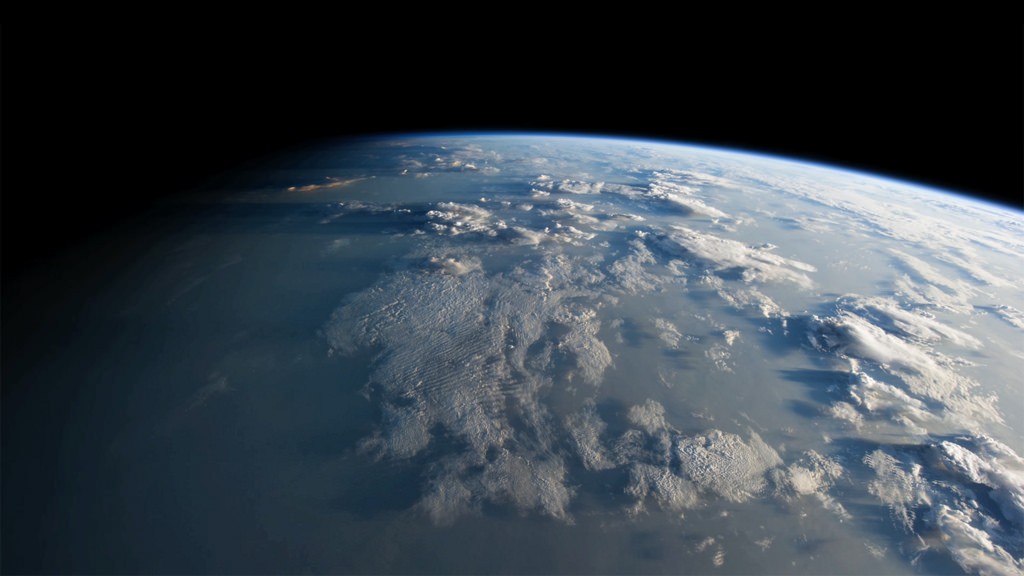Ozone healing has been identified at Antarctica. The ozone hole at the Antarctica is slowly healing, a finding that the researchers have termed as the best news ever anticipated.
Over a period of five years that is, between 2000 and September 2015, the hole that was 5 million sq km has greatly reduced in size due to the continued attempts to phase-out ozone hazardous chemicals.

There has been a relentless effort of production and demolition of ozone in the stratosphere that balances itself over time thus keeping the earth blocked out of the harmful ultraviolet sun radiation.
The ozone layer depletion has in turn posted us at a higher risk of skin cancer, cataract damage, as well as general harm to both animals and plants.
In mid 1980s, scientists from Britain realized a dramatic ozone layer thinning in the stratosphere at a distance of about 10 kilometers above Antarctica.
Susan Solomon in 1986 showed the presence of Chlorine and Bromine molecules that were responsible for ozone layer depletion. The molecules come from the Chlorofuorocarbons found in generators, hairsprays as well as conditioning units.
Antarctica is said to suffer most because of the extreme cold weather and its large amount of light which results into Polar Stratospheric Clouds production.
Antarctica’s situation has improved since the ban on the Chlorofuorocarbons usage in Montreal Protocol in 1987.
With results from the weather balloons, satellites, and model simulations; Prof. Solomon and University of Leeds’ researcher have shown a 4 million sq km ozone thinning declination between the years 2000-2015; a state that was attributed to decrease in atmospheric chlorine.
However, there’s still a belief that there are traces of chlorine remaining at the atmosphere after phasing out CFC emission by all countries inclusive of China and India in 2000. Prof. Solomon pointed out that CFC takes 50-100 years to decay and he believes that there will be a slow recovery of the ozone. Although a complete recovery is not expected until 2050 or 2060, the slight healing have been realized in September with a reduced ozone hole.
In October 2015 the scientists were puzzled with the biggest ozone hole over Antarctica which they later pointed out to be as a result of volcanic sulphur that forms Polar Stratospheric Clouds particles during a volcanic eruption for example Chile’s October 2015 Calbuco eruption that affected ozone over Antarctica.
“More is expected from the working Montreal protocol for realization of a healed ozone over Antarctica and a reduced size of the hole will be a great step,” said Dr. Markus Rex of Wegener Institute for Polar and Marine Research in Germany.
However, some researchers have a different view that the decline ozone hole is due to the reduction in chlorine amount in stratosphere. Dr. Paul Newman from NASA argues that there’s a greater year-to-year variations than inferred in the papers. He says the trends would have been lesser were the last year’s paper which recorded larger ozone because of lower wave driven forces was considered.
Despite the emerging questions, these researchers believe that latest ozone findings are the best way to tackle world environmental glitches.
